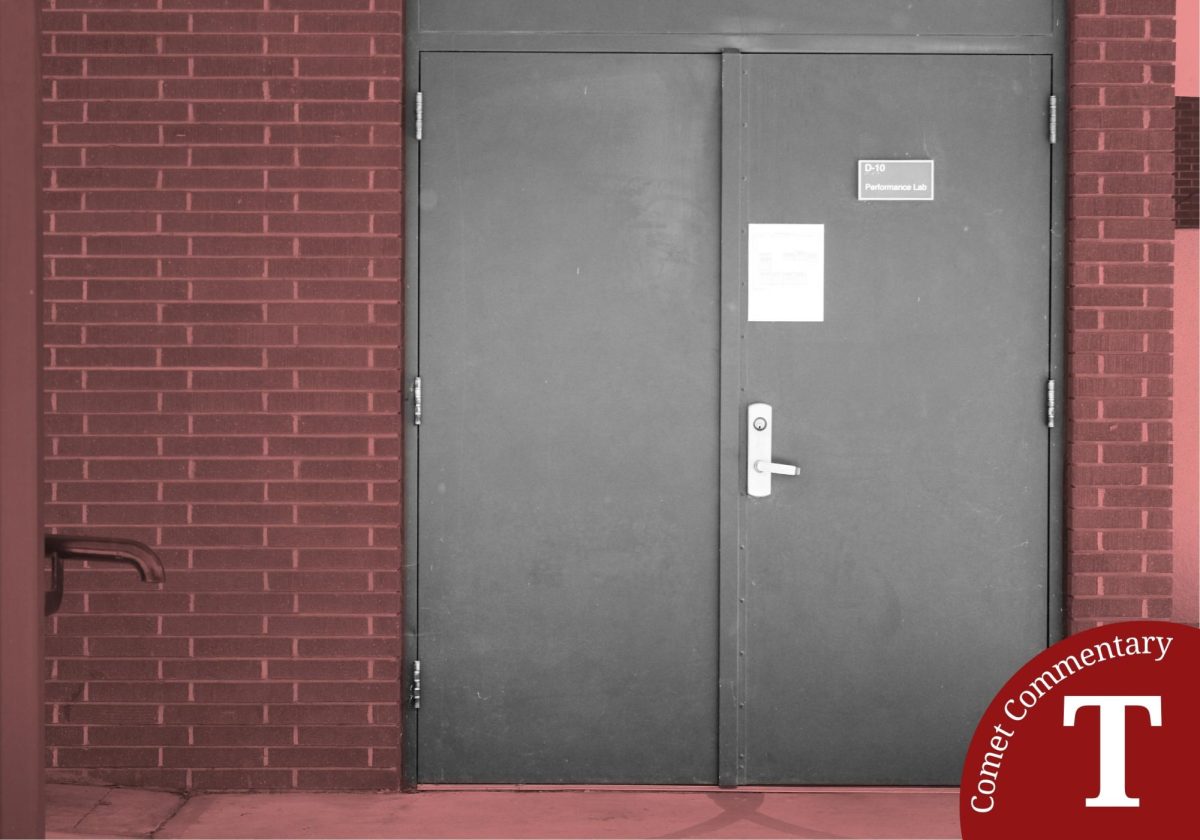Desalination is too expensive and ecologically damaging to be a workable solution for California’s drought.
Since 2011, our state has experienced the worst water shortage in decades. With officials and citizens alike scrambling for solutions, we’re left grasping at whatever straws seem to be halfway possible answers.
Desalination is one of these. At its simplest, it is the process of removing the salt content from seawater, rendering it safe to drink and use for other purposes.
A simple enough solution, especially when we look to the vast ocean beside us to help cure our thirsty state’s hydration problem.
But desalination is expensive. A plant in Carlsbad, expected to be completed in 2016, is expected to cost around $1 billion to build.
That’s not even counting the operating costs associated with desalination.
Desalination is expensive because of the large amounts of energy that it takes to run the plants continuously.
It’s expected that drinking water produced by desalination costs about five times as much as water produced by normal means. In San Diego, the water bill is expected to rise $5 to $7 because of the cost.
If water is unaffordable by the majority of citizens, then it’s not a workable solution. Obviously, water is essential to the lives and livelihood of California’s citizens; making it an overpriced luxury is a recipe for disaster.
We have to stress that drinking water is a fundamental human right, not a privilege with a high price tag.
Beyond the monetary impact, the environmental impact of an increase in energy use and the ecological footprint of the plants themselves are significant as well.
Desalination produces a brackish, salty ooze as a waste byproduct. With no clear or effective plans in place to dispose of this byproduct, it could have a devastating effect on the local environment.
An environment that helps California’s tourism industry to thrive.
The plants themselves may also be a hazard to our shores. The giant pipes that suck in water could also vacuum up many types of fish, fish eggs and plankton that make up the bulk of the food chain in the ecosystem.
Destroying any link in this food chain is bound to have a terrible effect on the biodiversity of our local oceans.
Hundreds of thousands of people come to San Diego to enjoy the weather and the coastline. If we compromise that, we risk a huge economic hit.
Let’s also not forget that desalination hasn’t worked before. California has been through droughts in the past, and each time, desalination is looked at as a possible solution.
In the 1980s, a desalination plant was built in Santa Barbara. The plant cost $34 million, was barely finished and then dismantled once the drought ended.
Investing in desalination as a widespread solution isn’t economically sound. They take so long to build and are so expensive that, most of the time, the drought ends before they are fully operable.
We should be restricting our water use, reassessing our priorities (especially on the agricultural side) and perhaps praying for rain. Let’s not put all our faith in something that might not pan out.
California has a water problem – one that should scare us all. San Diego in particular heavily relies on outside sources of water. But desalination is a solution that we should be weary of.













